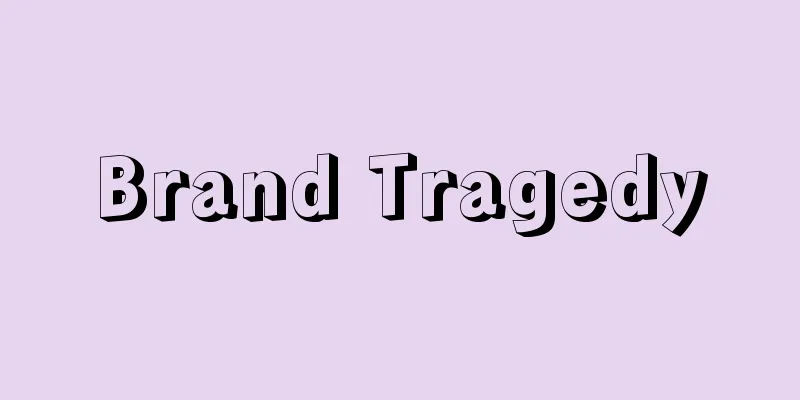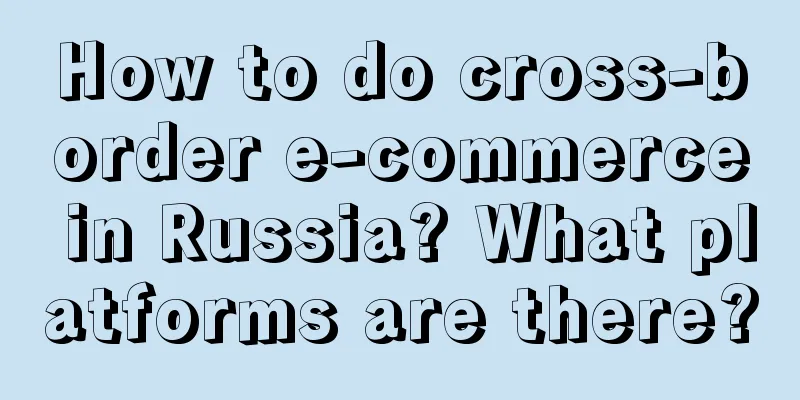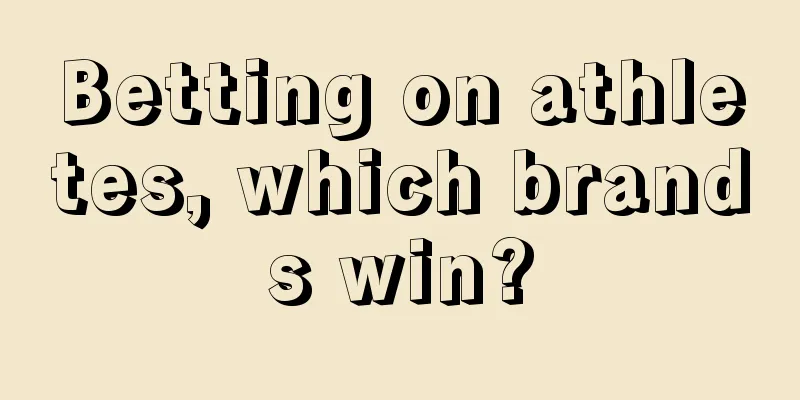Brand Tragedy

01After the emergence of chatGPT, people began to hype that chatGPT was the real fourth industrial revolution. Both large companies and small teams began to talk about big models all the time. The new consumer brands that were popular in previous years, such as Nayuki’s Tea, Heytea, Perfect Diary, Pop Mart, Huaxizi, Linqingxuan, and Zhong Xuegao, experienced their highlights in the first two years, but then became collectively silent, as if they had fallen from the altar overnight and became the "target of public criticism." Clearly, they were the "hot cakes" that the investment circle was scrambling to grab one second, but the next second they seemed to have become "poison" that everyone avoided. What went wrong with them? What serious impact did the epidemic have on them? Did the new consumer groups begin to "like the new and dislike the old"? Traditional consumer brands began to use their corporate scale and financial advantages to launch a "massive counterattack." Coca-Cola is still the strong Coca-Cola, and Nestlé is still the world's number one Nestlé. "Hot or not" is just a phenomenon, and the phenomenon is never important: a thing will not become valuable because it is "hot"; nor will it lose its value because it is "not hot"; what is really important is to understand the essence behind the phenomenon. What exactly went wrong with these new consumer brands? 02In August 2019, Diaoye, who has a bit of literary talent and can grasp hot topics, published an article on his official account titled "Don't doubt it, the huge wave of "new consumption" is coming!" In it, he rewrote "In the Internet age, every industry is worth redoing" into "Every consumer product is worth redoing". This sentence has also become a slogan like a "Bible" in the process of waving the flag for new consumption, and has been mentioned repeatedly. In Diao Ye’s article, a point of view was put forward: the formula of "new media (Douyin, Kuaishou, and Xiaobian) + new channels (social/live streaming e-commerce) + new products (ultimate cost-effectiveness) = new (consumer) brand" . This point of view has also become a universal rule that subsequent new consumer companies have followed. 03What capital fears is a lack of hot spots, and what entrepreneurs fear is a lack of concepts. As a result, entrepreneurs and investors in the new consumption sector easily get all of this; "Xiaohongshu is emotional, Zhihu is rational, Douyin and Kuaishou are live streaming, and Tmall is taking over traffic." People who have smelled the scent of wealth have come out one after another, and have copied and concocted a large number of so-called "new consumption" companies; since 2020, more than 300 new consumption companies have received financing, an average of one per day. What needs to be understood is that new media, new channels, or the ultimate cost-effectiveness of products brought about by supply chain advantages are definitely not the fundamental factors that determine the success of consumer companies; the huge opportunities in the consumer industry definitely do not depend on these factors. 04Be it new media, new channels, or the ultimate cost-effectiveness of products brought about by the advantages of the new supply chain; for any outstanding consumer company in the world, it should only be a carrier for information dissemination, a carrier for product sales, and a carrier for satisfying user needs. Being able to use these carriers well: being able to do media placement, channel sales, and product production are just the most basic skills of an excellent consumer company; if someone thinks that as long as a company does these basic skills well and seizes these dividends, it can be successful and even defeat the giants; that is equivalent to saying that as long as P&G, Coca-Cola, Unilever, and L'Oreal make any product, they can be successful, but this is obviously ridiculous. Because reality tells us that these excellent companies in the world who are best at marketing, channels, and products have used almost the same methodologies that they have successfully used to create their most well-known brands, and have made too many failed products in the past hundred years. 05If a consumer goods company thinks that the information channels from "TV ads" to "video sites" to "social media" and "short videos"; the sales channels from "large supermarkets" to "convenience stores", "comprehensive e-commerce", to "vertical e-commerce", "social e-commerce" and "live e-commerce" can shake its foundation, then it is definitely not a qualified consumer goods company. In other words: the bonuses of new media and new channels are called bonuses because they exist indiscriminately for all industries and categories from the first day of their birth. Therefore, if the core competitiveness of any company comes from the use of external bonuses, it is destined not to be a long-term successful company. A truly excellent consumer goods company must have its core competitiveness from within, and it is destined to succeed with or without these bonuses. 06Lululemon, with a market value of more than 50 billion US dollars, grew up under giants such as Nike and Adidas (in 2016, I focused on introducing the brand Lululemon in "Circle Business - Finding the Future Way Out for Enterprises"). Olaplex, with a market value of more than 15 billion US dollars, grew up under giants such as Procter & Gamble, L'Oreal, and Henkel. WhiteClaw, a sales legend with sales of more than 3 billion US dollars in 2020, grabbed the market share of giants such as Budweiser and Pernod Ricard. Did it rely solely on dividends? The first-tier brands that are most well-known to the public in the market today did not appear at the same time. They were established over hundreds of years of business history. In the past 100 years, successful brands were established almost every year. Their continuity in the time dimension tells us that the success of consumer companies never depends on external dividends. 07Every time, someone thinks it’s different; this time is different; but the result is always the same. There is nothing new under the sun: a similar story has already happened once on the other side of the ocean; since 2012, more than 500 consumer companies have received financing in the United States under the concept of DTC; but less than 1/10 of them have succeeded to date. And the key to the success of the less than 1/10 that have truly succeeded is not DTC. But such an obvious fact, almost common sense in business, is ignored. Whenever new consumption is mentioned, new media and new channels are mentioned. I saw an interview with a popular new consumption founder before, who said, "The birth of all consumer products is accompanied by channel dividends. The rise of Procter & Gamble in the past was due to the dividends of Walmart's rise in the United States." Such a counterintuitive fallacy, such an easily falsified theory, is widely used as a code of conduct and copied by more new consumers. As the representative of the world's most successful consumer goods company, Procter & Gamble's success is by no means due to the rise of Walmart. 08Misreading business common sense, lacking the most basic respect for the essence of business, trying to start a business with the speculative thinking of "grabbing dividends"; shallow understanding of the essence of consumer goods, 99% of new consumer companies are doomed to be wrong from the moment they are born. Especially in the very mature consumer goods industry. 09There has always been only one core driving force for consumer companies, but most new consumer companies go against this. The only moat for companies is the understanding of user value. This standard applies to any industry, and the consumer industry is no exception. It can even be said that consumption is the industry that embodies this standard most vividly. Globally, the success of any consumer company we are familiar with must come from accurate insights into user needs. Most of the failed products launched by successful large consumer companies also stem from a deviation in the understanding of user value. 10Providing users with a more advanced/better looking/more cost-effective product is not called understanding of user value, that is just product design. Understanding of user value is the decisive factor, but "understanding of user value" is a non-explicit thing, it cannot be directly presented to consumers. It is ultimately presented to consumers through a series of specific external manifestations such as product functions, image design, and advertising. So what is the core that really drives consumption at the explicit level? There is only one correct answer: brand. In hundreds of years of business history, no matter how the business environment evolves, even today, the only core factor driving consumer companies has never changed: it must still be driven by brands . 11Many people believe that brand comes first, product first and brand second. As long as the product is good, consumers will recognize it. In the field of consumer goods, there is a classic case: in a blind test between Pepsi and Coca-Cola, consumers participating in the blind test generally felt that Pepsi tasted better than Coca-Cola. What's more interesting is that if the testers were told before the blind test that they were drinking Coca-Cola, then the proportion of people who liked Coca-Cola was 49%. If they were not told, then only 29% of people liked Coca-Cola. But Coca-Cola's sales have always far exceeded Pepsi's in the past 100 years. Simply put, Coca-Cola is definitely not the best-tasting cola. There are certainly many companies that can make cola taste better, but they cannot shake the position of cola. Starbucks is definitely not the best coffee company in the world, IKEA is definitely not the best furniture company in the world, Hermès is definitely not the best-looking bag, Head & Shoulders is definitely not the best shampoo, Budweiser is definitely not the best-tasting beer... Products are only as good as one company's basic skills. 12Consumer goods companies need to regard brand building as their core strategy from the first day of the brand’s birth, in order to truly become a successful company and gain continued support from new consumer groups. 13Brand is the sum of all consumer purchase behaviors and the awakening machine of consumer consciousness. In the consumer goods industry, with the blessing of a brand recognized by consumers, a company will be omnipotent in its field and difficult for competitors to shake. At the same time, brand is also the most fundamental and decisive factor in reducing user decision-making costs. 14To promote a user's consumption behavior, the most important thing is to influence the user's consumption decision. Therefore, most of the efforts of a consumer enterprise are to achieve this goal: invest more in research and development; make more aesthetic designs, find celebrity endorsements, put in a lot of advertising, find KOLs to promote, find expert reviews, distribute products through all channels, reduce prices for promotions, provide better services, etc. Almost all the strategies you can think of are to influence the user's consumption decision. Then you need to know that 99% of the user's consumption decisions are irrational decisions. It is a process that is influenced by many different factors and has no fixed logic. It has even derived many disciplines: consumer behavior, behavioral economics, consumer psychology, etc. In other words, consumers will not study your product technology, cost structure, artistic value, calculation function utility and price cost model... If you have read "Thinking, Fast and Slow", you will fully understand the human decision-making mechanism. 15The sales of a brand should be composed of "basic market" + "incremental market" . The brand brings the "basic market" and the marketing means bring the "incremental market". This is the state of a healthy consumer brand. For consumer companies, they should focus their core energy on improving the "basic market" instead of investing 99% of their energy in "incremental market". 16To build a brand, you must do these five steps well: the first step is to find a clear brand positioning; the second step is to establish a unique brand differentiation; the third step is to maintain a high degree of continuity in the information conveyed by the brand; the fourth step is that the importance of brand advertising is far higher than digital performance advertising; the fifth step is to keep in mind that the purpose of the brand is to achieve product premium, not cost-effectiveness. All brand behaviors are born to pursue premium. For consumer brands or businesses, "doing difficult but right things" is not actually one of the options, but the only option. Too many correct decisions are difficult; most of the so-called simple things are wrong. 17There is nothing new under the sun. To do a good job in new consumption, we must grasp the essence, find the first principles of building a good new consumer brand, and then make full use of the new X to promote the growth of the brand (new groups, new media, new lifestyles, new channels), so that we can truly succeed in the consumer goods track. Otherwise, it will only be a flash in the pan! Author: Liu Yichun Source: WeChat official account: "Liu Yichun's Brand Business Innovation" |
<<: Mixue Bingcheng: The Haagen-Dazs of Southeast Asia!
>>: B2B Marketers' Survival Guide
Recommend
Millions of likes, only 3 sales
A blogger with 150,000 followers, each video has h...
1000 original articles completed! Here's a 3000-word summary for you!
The author shares his creative ideas for writing 1...
What is Shouxin Easy Payment? What are its advantages?
Today, let's learn about Shouxinyi Payment, wh...
Playing with the "Super User Plan" 5 ▎Why are so many people keen on the plan? Explore the four major motivations to activate participation enthusiasm!
In every community and brand, a group of leaders a...
I spent 5,000 yuan to buy 20 courses on selling good products on Douyin, but none of them was useful!
The author spent 5,000 yuan to buy more than 20 Do...
Is it reliable to pay for registering on Amazon? How to register?
Amazon is developing very well now. Many friends a...
Is Tmall’s elimination of package card traffic generation paving the way for DingTalk’s private domain?
DingTalk, which has always been regarded as a work...
A complete guide to grabbing the best deals on Meituan homestays, it’s really mind-boggling
Some time ago, Meituan held an event called "...
How to set the delivery time in Shopify? What is the setting method?
Nowadays, more and more merchants are opening stor...
How many products can be listed on Meikeduo? How to list them?
With the rapid development of e-commerce, many cro...
How many steps are needed to build a user search index system?
In daily life, search is one of the functions that...
"Countdown to pick up money", this Spring Festival, the county town milk tea is making crazy money
First-tier brands are moving down to the lower-tie...
A "Rose Story", a group of snickering brands
Why can a TV series make multiple brands laugh? Th...
How to contact Amazon online customer service? What are the methods?
Amazon merchants need to deal with customer servic...
WeChat Stores releases a series of big moves
"New developments in WeChat Stores, e-commerc...









